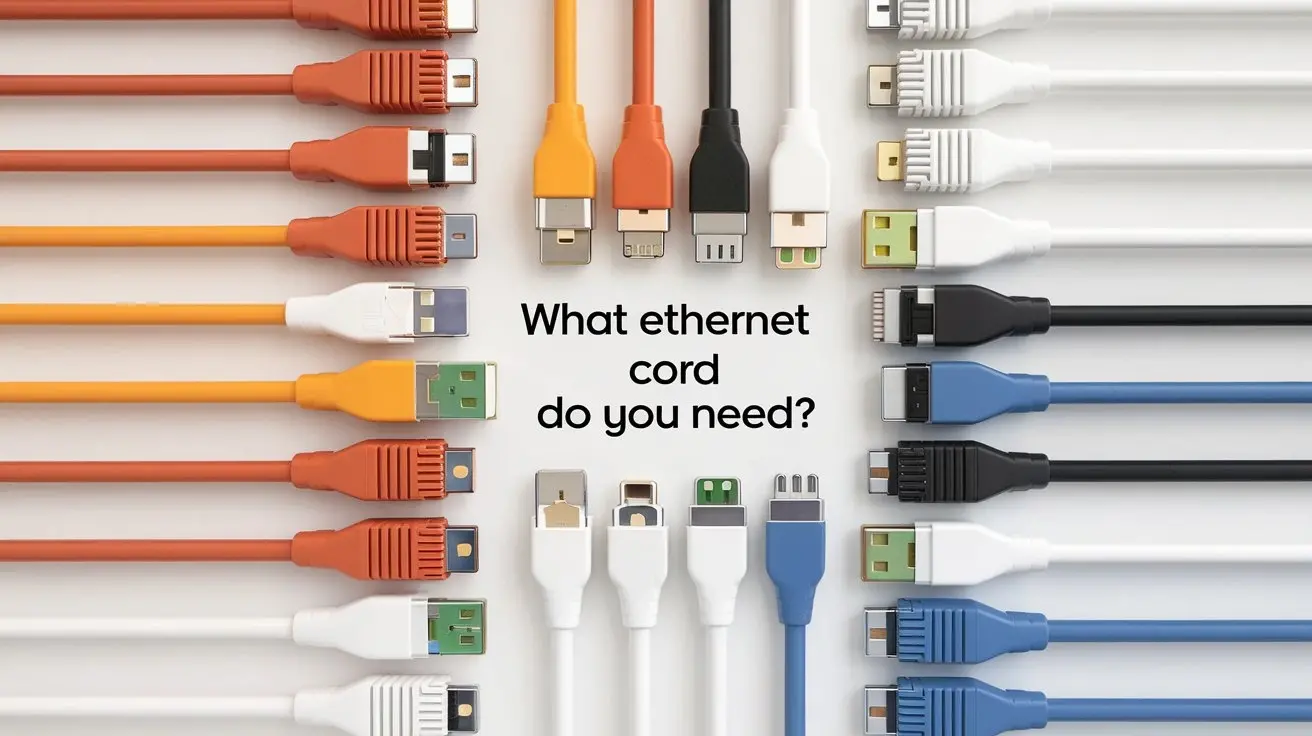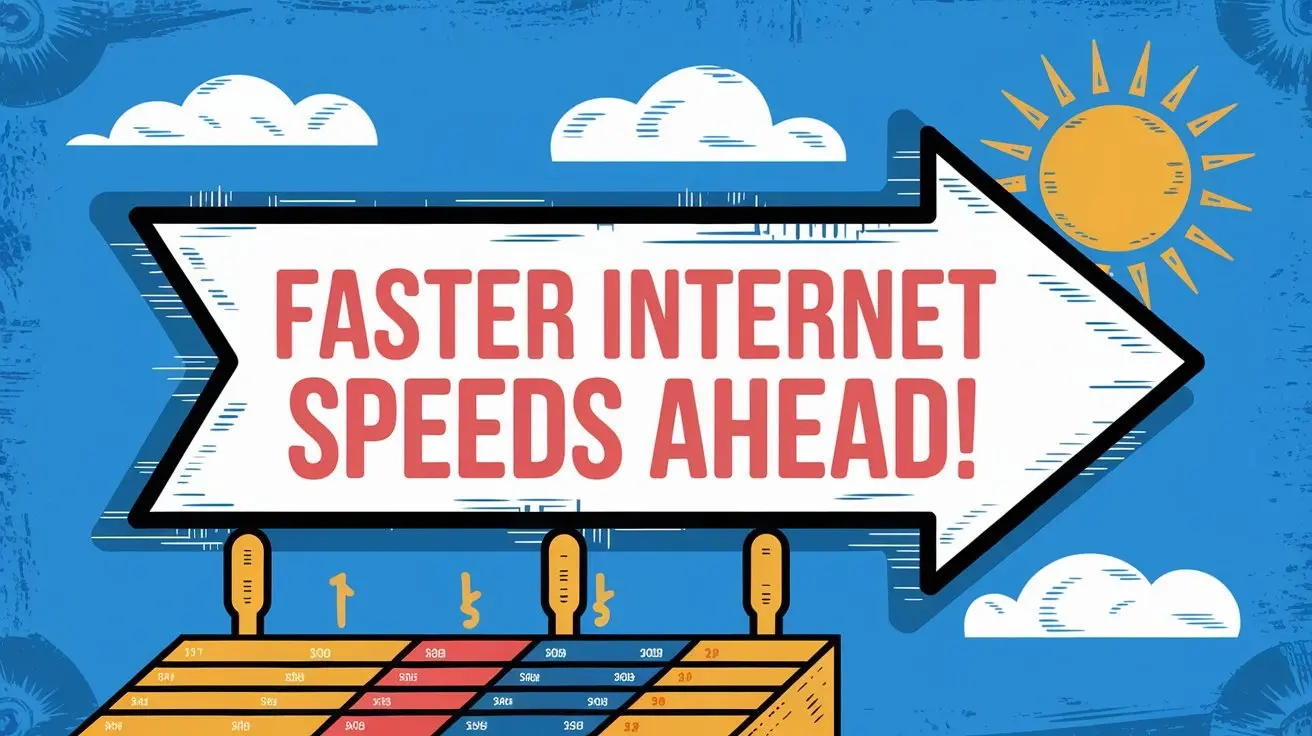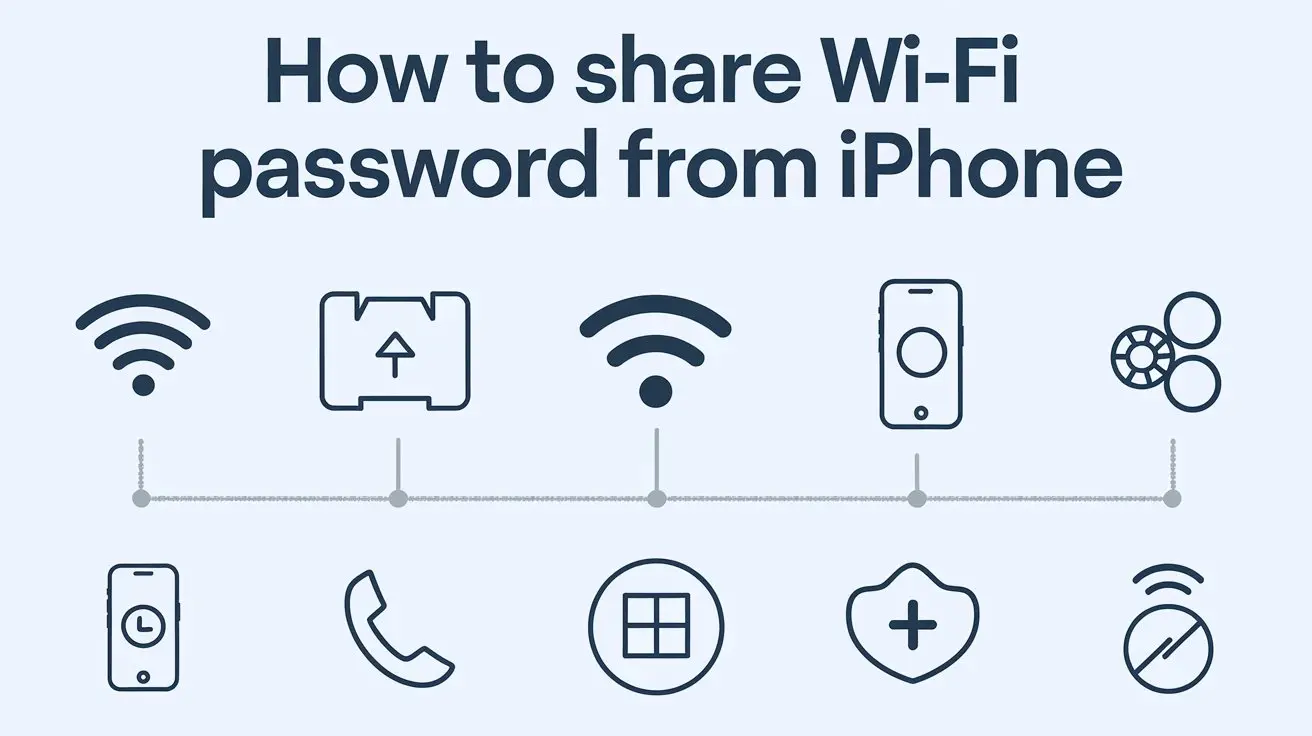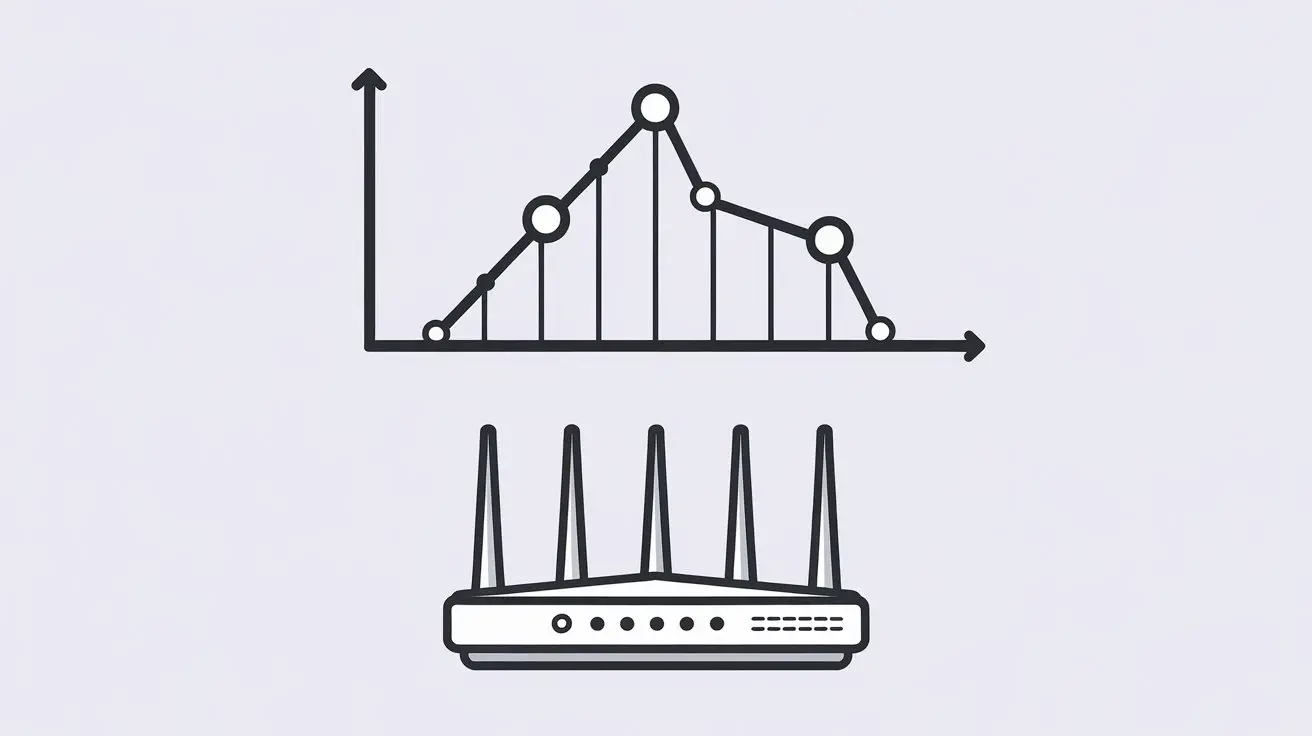
Ethernet cables are important in creating a reliable connection of computers, game consoles, smart televisions, among others, and network switches. Given the different models out in the market, it can be quite taxing to decide on which Ethernet cable to purchase for the network. Now, let’s discuss about the various types of Ethernet cables and the purpose that it serves so that you can make the best choice, from this article.
1. Cat5e (Category 5e) match Ethernet cable
Characteristics:
Backward compatible up to 100 Mbps, or Fast Ethernet.
Besides, it is suitable to use in older devices, or when connecting devices located in the same local network.
Maximum cable length: 100 meters
Copper four twisted pairs
Use cases:
Wiring devices as found in an office setting
Connecting network switches
Backing up data
2. The New Type of Twisted Pair Cabling Is Cat6 (Category 6) Ethernet Cable.
Characteristics:
Backs data transfer rates of up to 1 Gbps (Gigabit Ethernet)
A greater level of cable screening and less interference from another signal transmission than Cat5e
Maximum cable length: 100 meters
Four pairs of copper wires twistedgressive.
Use cases:
This link works to establish the home or a small office network.
Video games and smart television sets
High-Quality Video Streaming
3. Category 6a or Cat6a Ethernet Cable
Characteristics:
Can handle data transfer at a speed of 10 Gbps (10 Gigabit ethernet) which offers a maximum reach of 100 meters.
Higher frequencies 500 Mhz capability compared to Cat 6
Maximum cable length: 100 meters
four couple twisted pair copper wire
Use cases:
Explaining how devices get connected in a medium to large office network
Servers/Rack Rooms/ Data control centres
High-Speed Networking in Commercial Buildings
4. Ethernet Cable Category 7
Characteristics:
Data transfer rate based on the requirement of 40 Gbps(40-Gigabit Ethernet) distance up to 50 meters
The latest feature which sets Cat7 a cut above Cat6a is enhanced cable shielding and reduced crosstalk.
Maximum cable length: 50 meters
Four twisted pairs of copper wires
Use cases:
Transmission of devices in campus corporate LANs and data communications
Virtual reality and HDTV video broadcasting
Smart gaming sets and computers
5. Cable Ethernet Cat8 (Category 8)
Characteristics:
Compliant with data transfer rates of up to 40 Gbps (40-Gigabit Ethernet) with a transmission distance of up to 30 meters.
Better throughput rates at a higher frequency range of 2,000MHz as opposed to Cat7.
Maximum cable length: 30 meters
A two-pair untwisted copper wire.
Use cases:
Coupling of equipment in a rack or server enclosure
Dell, Inc. offer backbones suited for large data centres
High-speed networking in Commercial buildings
What one should consider to selecting the right Ethernet cable
1. Speed: Think about the requirements concerning the transfer of data for your devices and the conditions where they will be operating.
2. Cable length: Find out the maximum distance between the two devices to ensure that you come up with the right cable length.
3. Quality: Cables should be of good quality especially if you will be using them for business or work, to get good service and long use.
4. Cable type: Cat5e is essentially used with older devices and local network installations, although Cat6, Cat6a, Cat7 and Cat8 are enhanced versions that perform better with faster networks and data transmission rates.
5. Compatibility: Make certain that the type of cable chosen meets the requirements of the products used in the networks and complies with the recommended standards.
The selection of the Ethernet cable to use is very important in the determination of the network connectivity to be obtained. Knowing how they work will help you make the right choice depending on your preference and needs for the equipment. Hence, the choice of the Ethernet cable will determine the quality of the connection whether you are renting a home, an organisation an office space or a large institutional building.






